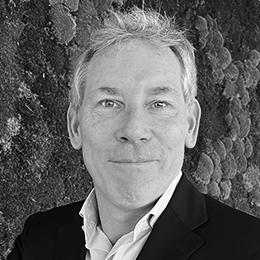WHERE THERE’S A WILL, THERE’S A WAY
The timeline to Net Zero differs by jurisdiction, but the EU’s Fit for 55 – a push to reduce GHG emissions 55% by 2030 – stands out for two reasons. First, there’s genuine political will to get it done – the European Commission’s set of staggered proposals, aiming to turn the planet’s clock back to 1990 levels of CO2eqs, provide a clear benchmark and legal requirements (called ReFuelEU) for airlines to adopt sustainable fuel, with blends reaching 63% by 2050.
But there’s a second reason: the EU is influencing policy beyond its own borders. The UK, while no longer an EU member state, is likely to replicate EU legislation, with its air transport market deeply intertwined with Europe. In the Asia Pacific region countries are attentively following the European discussions; for example, Japan and New Zealand are setting SAF blending legislation. Japan is mandating a 10% SAF blend by 2030 – although some countries don’t like that word “mandate”, preferring “incentive scheme”.


